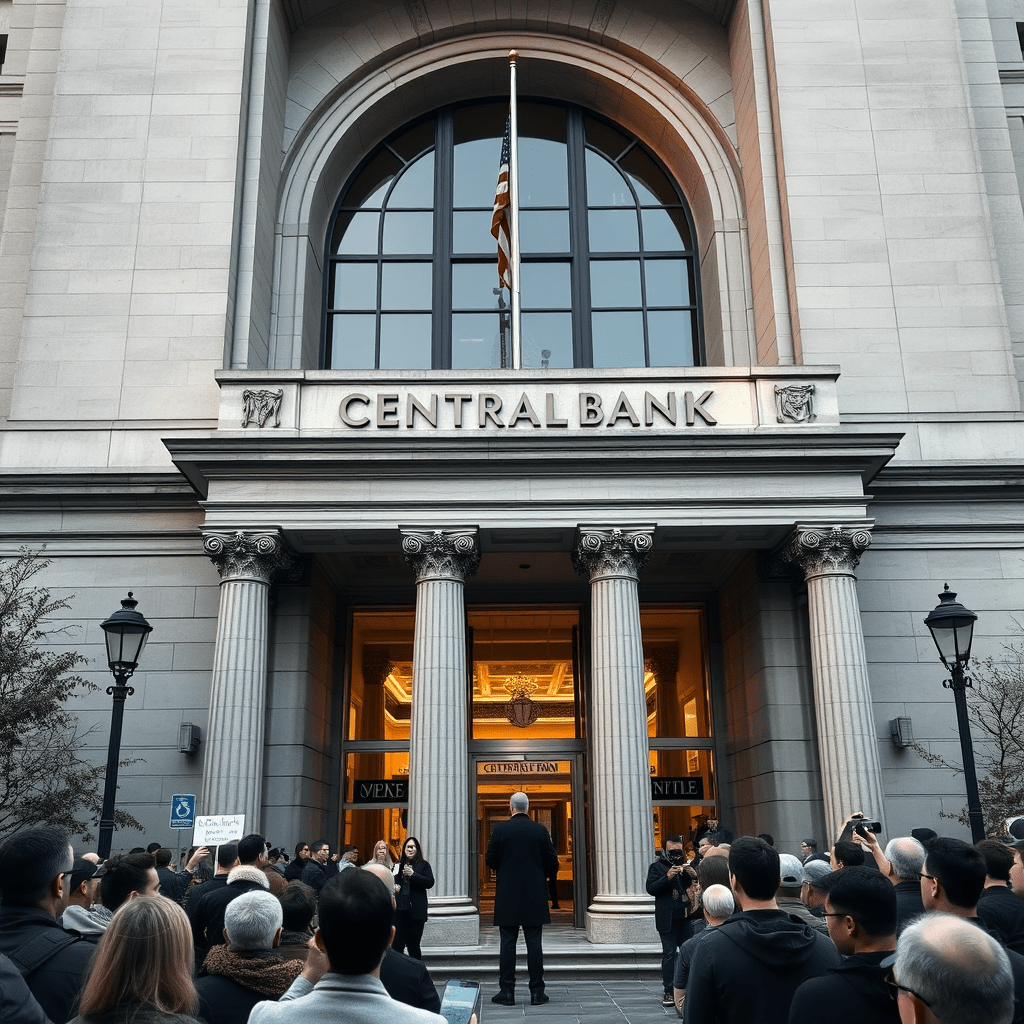Why Fed Rate Cuts Matter: Positive Economic Stimulation
In today’s fast-paced economic landscape, we often hear buzzwords like “interest rates,” “inflation,” and “economic growth.” But among them, one of the most pivotal discussions centers on Why Fed rate cuts matter. As everyday consumers, investors, and business owners, understanding these rate cuts can feel like deciphering a new language. Let’s break it down together and explore why these changes from the Federal Reserve matter to us all.
Table of Contents
What Are Fed Rate Cuts?
Before diving into the significance of these cuts, let’s clarify what they actually are. When we talk about the “Fed,” we’re referring to the Federal Reserve, the central bank of the United States. The Fed has the power to influence economic activity by setting the federal funds rate, which is the interest rate at which banks lend to each other.
Understanding the Mechanics
- Rate Cuts Defined: A Fed rate cut is when the Fed lowers the federal funds rate. This essentially means that borrowing money becomes cheaper.
- Purpose of Cuts: The main goal behind rate cuts is to stimulate economic growth, especially during periods of high unemployment or economic downturns.
How Do Rate Cuts Affect Us?
Now that we have a grasp of what rate cuts are, let’s delve into why Fed rate cuts matter and how they weave into the fabric of our economy.
Impact on Borrowing Costs
When the Fed cuts rates:
- Lower Interest Rates: Consumers can benefit from lower rates on loans, mortgages, and credit cards.
- For example, if you have a mortgage, a rate cut might mean lower monthly payments, making home ownership more affordable.
- Increased Borrowing: Businesses often borrow money for expansion and operations. Lower rates can encourage them to invest in new projects.
Effect on Savings
On the flip side, rate cuts can affect our savings:
- Lower Savings Rates: Banks might lower the interest rates they offer on savings accounts, meaning we earn less on our savings.
- Encourages Spending: With less incentive to save, people may be more inclined to spend money, further stimulating the economy.
Why Fed Rate Cuts Matter?
A Tool for Economic Stability
The Federal Reserve uses rate cuts as a tool to maintain economic stability. Here’s why Fed rate cuts matter:
- Combatting Recession: In times of economic downturn, rate cuts aim to stimulate growth by encouraging lending and spending.
- Managing Inflation: By adjusting rates, the Fed attempts to manage inflation. Conversely, increasing rates can help cool off an overheated economy.
Investor Reactions
Investors pay close attention to Fed rate cuts. Here’s why Fed rate cuts matter and can sway the markets:
- Stock Market Effects: Typically, when the Fed cuts rates, stock prices may rise as companies benefit from cheaper loans and improved consumer spending.
- Bond Market Dynamics: Lower interest rates usually lead to lower yields on bonds, making stocks more appealing.
Why Fed Rate Cuts Matter: Sector-Specific Impact
Home Buyers and the Housing Market
For those of us looking to buy a home, rate cuts can make a significant difference:
- Increased Access: With lower rates, mortgages become more affordable, leading to a boost in home sales.
- Rising Home Prices: Demand for homes can increase, potentially driving prices up.
Businesses and Job Creation
Businesses thrive in a low-rate environment. Here’s how:
- Increased Capital Expenditure: Lower rates may encourage businesses to invest in new projects, which can lead to job creation.
- Enhanced Financial Stability: Reduced borrowing costs can help keep struggling companies afloat, preserving jobs and economic activity.
Global Implications of Fed Rate Cuts
It’s not just the U.S. that feels the impact of Fed rate cuts. The ripple effects are global:
- Currency Valuation: Lower interest rates can devalue the dollar, affecting international trade dynamics.
- Foreign Investment: Investors may turn to countries with higher yields for better returns, impacting foreign investment in the U.S.
Alternatives to Rate Cuts
While rate cuts are a commonly utilized strategy, there are alternative measures the Fed can take to stimulate the economy:
- Quantitative Easing: This involves the Fed purchasing long-term securities to inject liquidity into the economy.
- Forward Guidance: Communicating future monetary policy intentions can help shape market expectations.
Understanding Why Fed rate cuts matter not only assists us in grasping how monetary policy influences our personal finances, but it also shines a light on the broader economic landscape. By lowering rates, the Fed aims to foster an environment conducive to growth, but we must be mindful of the potential long-term implications.








One Comment